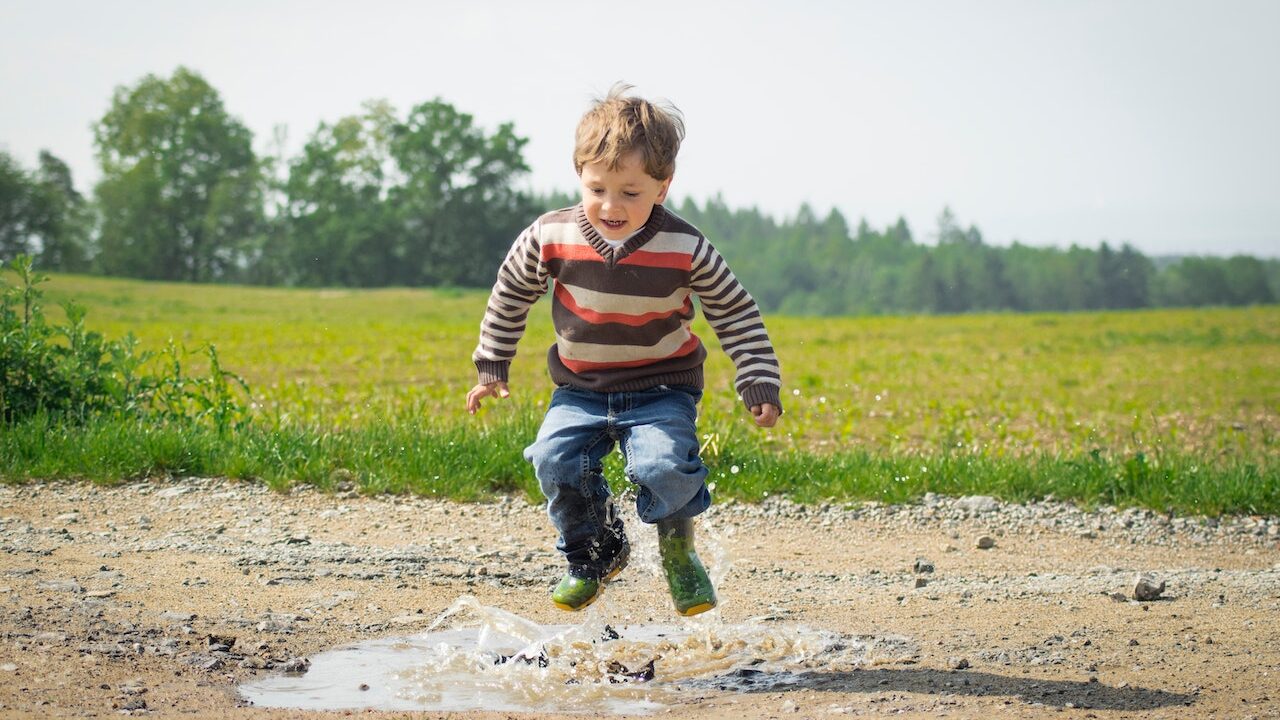Introduction
Climate change, which has a wide range of effects on the environment, is currently one of the most important issues confronting our world. The effects of climate change are more evident, from rising temperatures to an increase in the frequency of catastrophic disasters. Although these changes affect everyone, children are especially vulnerable since they will be the target of our actions for many years to come. This is why it is critical that we take immediate action to ensure that the earth is habitable for all children.

Climate Action
One of the most important things we can do is take global action to combat climate change. Governments, corporations, and individuals all share the objective of reducing greenhouse gas emissions and protecting the environment. Businesses can adopt environmentally friendly practises to limit their impact, and governments can create regulations that promote the use of renewable energy sources and reduce carbon emissions. Individuals can also make a difference by reducing their energy use and carbon footprint by making minor changes like using public transportation, eating less meat, and throwing away less rubbish.
Sustainable Energy
The transition to renewable energy is a crucial step in ensuring that every child is raised on a planet that is livable. Clean, abundant, and sustainable energy sources like solar and wind don’t release harmful greenhouse gases into the atmosphere like fossil fuels do. By putting money into renewable energy, we can reduce our dependency on fossil fuels like coal and oil, which are responsible for air pollution and climate change. The benefits for the environment and general health outweigh the costs of this transformation and make it desirable, despite the high cost and creative work required.

Carbon Dioxide Emissions
In order to leave a planet that is habitable for future generations, greenhouse gas emissions must be minimized. These emissions are one of the main causes of climate change. One of the biggest contributors to greenhouse gas emissions is the burning of fossil fuels such as coal, oil, and natural gas for energy production, transportation, and industrial processes. By switching to renewable energy sources, improving energy efficiency, and enacting policies that provide incentives for businesses to reduce their carbon footprint, these emissions can be reduced.

Deforestation
Deforestation is a serious environmental threat that contributes to climate change by releasing a lot of carbon dioxide into the atmosphere. Deforestation not only eliminates habitats and biodiversity but also exacerbates the effects of natural disasters like landslides and floods. Protecting forests and other natural areas and promoting sustainable land-use practices are necessary to halt deforestation. This can be accomplished by reforestation efforts, conservation schemes that rescue endangered species and their ecosystems, and legislation that supports moral forestry practices.

Dangerous Behavior
Numerous risky practises are harming our ecology, from industrial pollution to the use of hazardous chemicals in agriculture. These practises may have harmful effects on the environment and human health, including soil erosion, air and water pollution, and biodiversity loss. We must promote sustainable behaviour in every area of our lives if we want to stop harmful behaviours. This means encouraging environmentally friendly agriculture, reducing the use of harmful materials and plastics, and investing in clean technology that reduce waste and pollution.
Making the World a Livable Place for All Children
It is vital that all parts of society come together to create a world where every child can live in peace. We must prioritise reducing greenhouse gas emissions, switching to renewable energy sources, protecting ecosystems, and encouraging sustainable lifestyle choices. The benefits for the environment and overall health outweigh the costs and creative effort even though this will be very labor-intensive. Together, we can improve the planet’s sustainability and livability for future generations.

Conclusion
In conclusion, two of the most important issues affecting our planet right now are climate change and environmental degradation. Everyone is affected by these changes, but children are particularly at risk. Therefore, it is crucial that we act quickly to make the earth livable for all children. All facets of society must work together on this, including governmental entities, corporations, and private citizens.
We must take decisive action to cut greenhouse gas emissions, switch to sustainable energy, stop deforestation, and encourage sustainable practises in every aspect of our life if we hope to reach this goal. Although this will require a lot of money and creativity, the advantages for the environment and general health make the effort worthwhile. It is both a moral obligation and a practical requirement to ensure that every child grows up on a planet that is habitable. A healthy and sustainable earth deserves to be home to our children and future generations. We can create a better future for ourselves and future generations by banding together and taking action right away. It is up to us to implement the required reforms and build a world that is resilient, fair, and sustainable.







